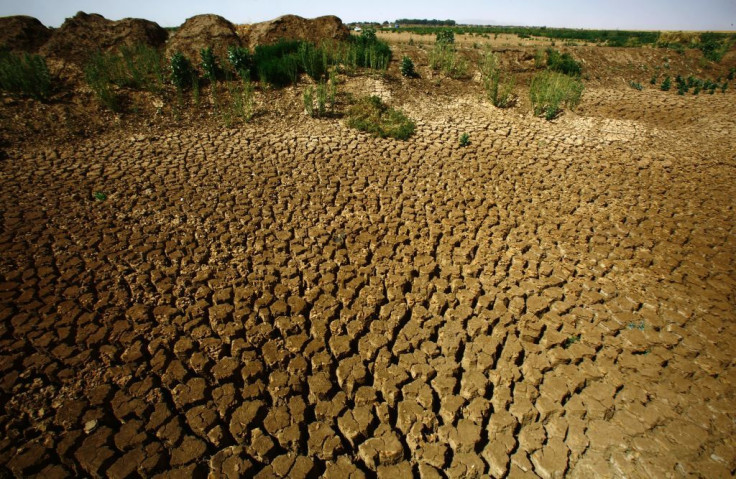NASA Finds Global Freshwater Levels Changed Drastically Over Last 14 Years
After collecting more than a decade worth of data from Earth observation satellites, NASA has discovered that freshwater levels have changed significantly across the globe.
According to the space agency, over the last 14 years, freshwater distribution around our planet has witnessed major shifts, with dry areas getting even drier and wet areas getting wetter. The change is a result of several factors which include water management practices, human-induced climate change, as well as natural climatic cycles.

NASA tracked freshwater trends in 34 regions around the globe from Gravity Recovery and Climate Experiment or the GRACE mission. Then, to make sense of those trends, they combined the information with patterns of climate change and human activity such as irrigation maps and reports related to agriculture, mining, and reservoir operations.
"We examined information on precipitation, agriculture and groundwater pumping to find a possible explanation for the trends estimated from GRACE," study coauthor Hiroko Beaudoing said in a NASA statement
Though it was believed that terrestrial freshwater, which is widely used for drinking and agriculture, is stable in some parts of the world, with others experiencing occasional decrease or increase, the observations noted by NASA study revealed a distressing pattern.
"What we are witnessing is major hydrologic change," study coauthor Jay Famiglietti said in the statement. "We see a distinctive pattern of the wetland areas of the world getting wetter – those are the high latitudes and the tropics – and the dry areas in between getting dryer. Embedded within the dry areas we see multiple hotspots resulting from groundwater depletion."
The researcher said patterns of freshwater loss in some regions such as from ice sheets and alpine glaciers appears to be the result of climate change, but they would need more data to be sure of that and determine if the changes noted in other regions can also be attributed to a warming climate.
As the study suggested, other possible factors responsible for these shifts could be human water management practices and natural cycles with persistent rainy or dry years. For instance, between 2007 and 2015, southwestern California lost 4 gigatons of freshwater per year due to drought which was further compounded by groundwater withdrawals for agriculture. Even Saudi Arabia and China’s Xin Jiang Province lost 6.1 and 5.5 gigatons of water every year between 2002 and 2016, due to the growth in agricultural practices.
They also found that in some cases, like in Africa’s western Zambezi basin and Okavango Delta, natural cycles alone can drive long-term changes in freshwater levels.
"The pattern of wet-getting-wetter, dry-getting-drier is predicted by the Intergovernmental Panel on Climate Change models for the end of the 21st century, but we'll need a much longer dataset to be able to definitively say that climate change is responsible for the emergence of a similar pattern in the GRACE data," Famiglietti added. "However, the current trajectory is certainly [a] cause for concern" and could lead to a situation where most-populated parts of the world could struggle for water supply.
© Copyright IBTimes 2024. All rights reserved.





















